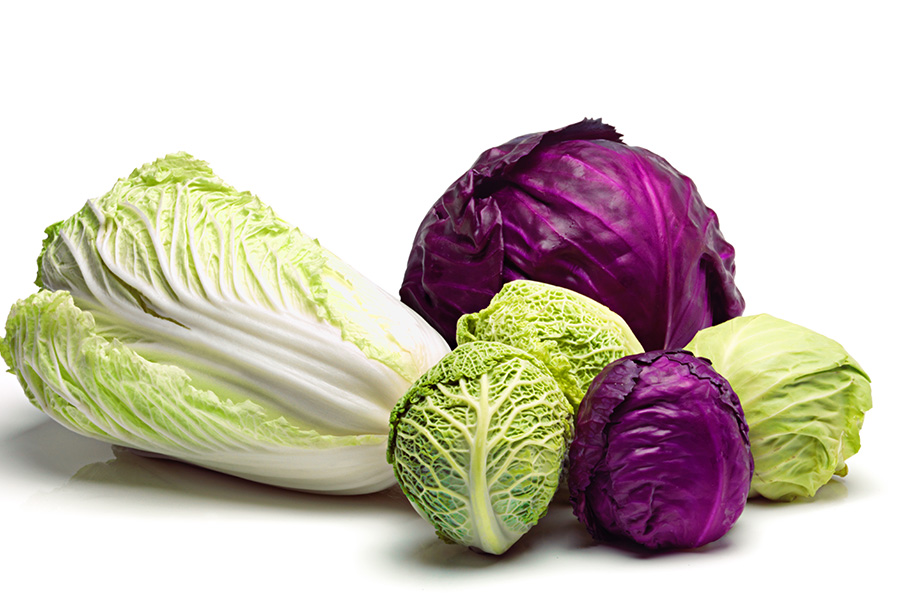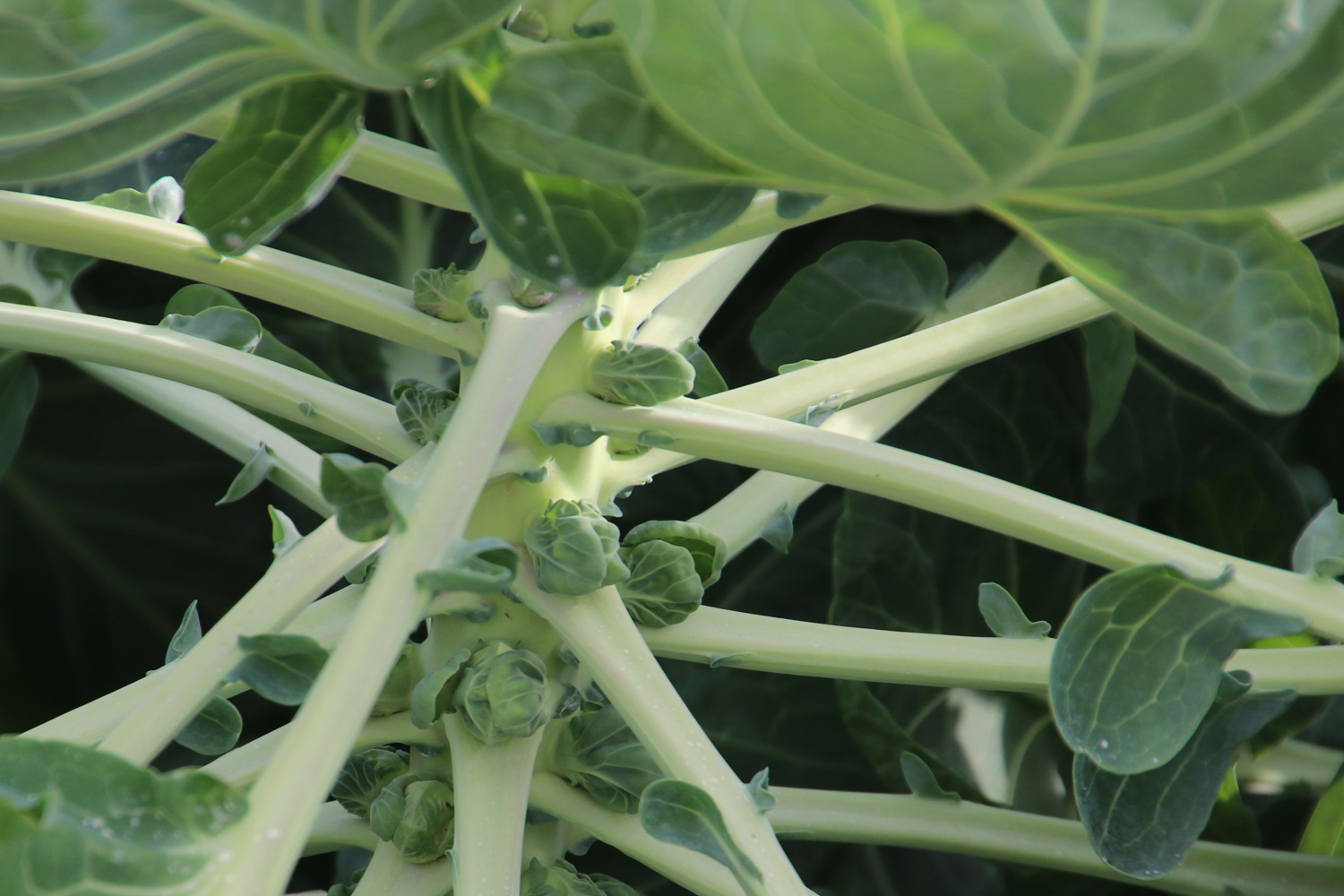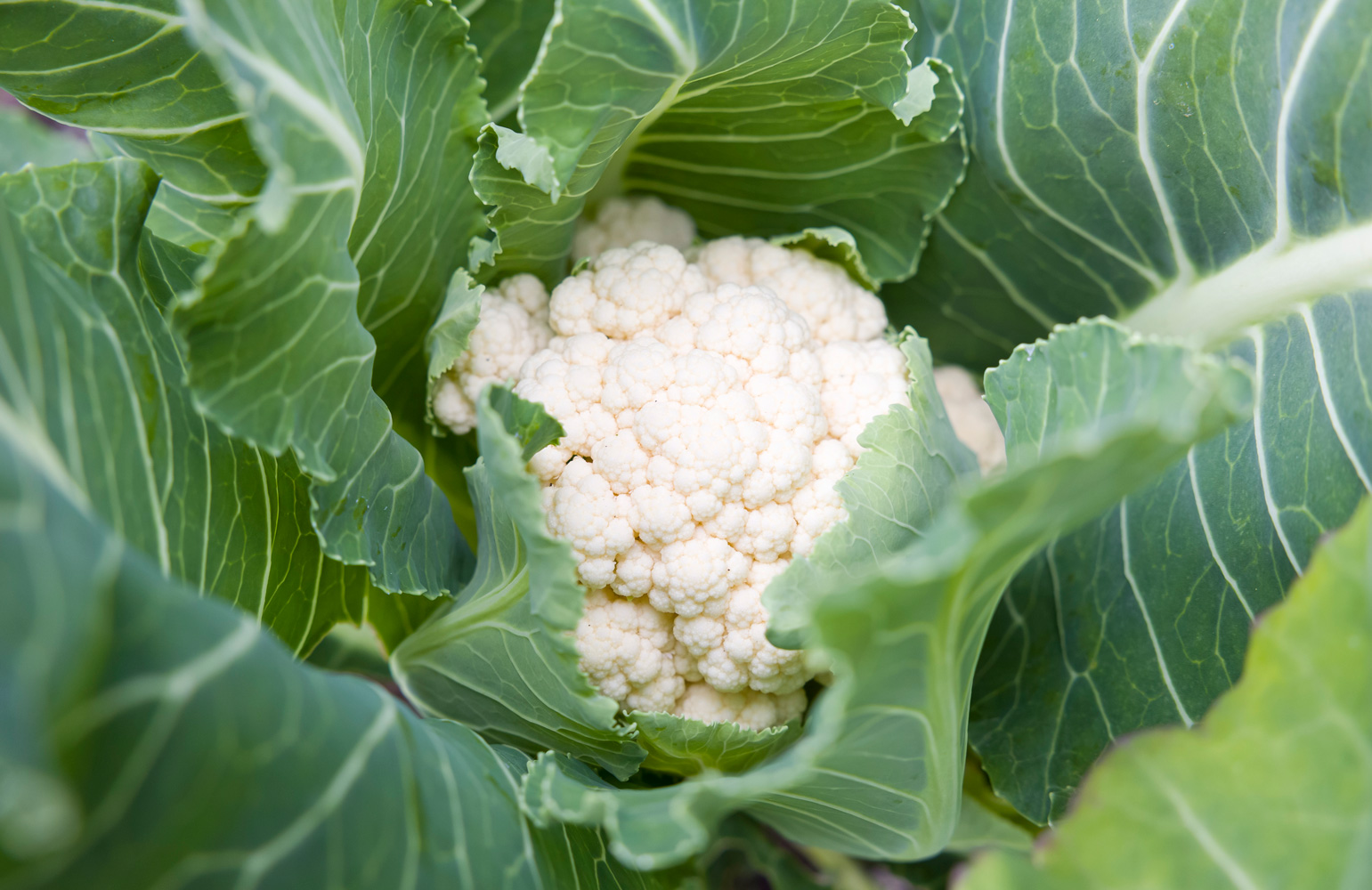Fall Gardening
-

Developing and maintaining productive soils begin with soil testing. Soils tests provide information on the soil’s actual nutrient status. Test results are used to determine the amount and kind of nutrients that should be added for the best growth of lawn, garden, and other types of plants.
Jason Lessl
|
-

C 963-SP
Calendario para Siembra de Vegetales
Esta es la versión en español del Cuadro de plantación de hortalizas de la Circular 963, Horticultura en Georgia. Traducido por Rolando Orellana. [This is the Spanish-language version of the Vegetable Planting Chart from Circular 963, Vegetable Gardening in Georgia.]
Bob Westerfield and Rolando Orellana
|
-

Wildflowers not only beautify the landscape but also provide food and shelter for myriad insects, birds, and mammals. Georgia is rich in endemic (belonging in a particular area or environment) species which grow in a wide variety of habitats, from coastal dunes and pine sandhills to savannas, meadows, and forests. Although many species are primarily seen in undisturbed natural habitats, others have adapted to human-created landscapes, such as roadsides and farms, and are frequently seen on road banks and edge habitats. This publication is intended as a visual guide to common herbaceous plants encountered mainly in sunny areas in South Georgia. Although by no means inclusive or extensive, the list contains plants that are easy to recognize and valuable for wildlife.
Bodie V. Pennisi, Jason Schmidt, and Keren Giovengo
|
-

C 1218
Homegrown Cabbage
Cabbage (Brassica oleracea var. capitate) is a cool-season vegetable that is a member of the cole crop family. There are several types of cabbages available to grow, and they can all be eaten raw or cooked in a variety of ways. This publication covers the basics of how to grow cabbage in the home garden, including selection, planting, and maintenance information for growing this popular vegetable.
Bob Westerfield
|
-

C 1258
Fall Vegetable Gardening
This publication covers fall vegetable production including planting dates, spacing, general culture of cool-season vegetables planted in Georgia in the fall. Many people consider the end of summer to be the end of gardening season. However, there is a whole other world of vegetables that can be planted in the fall garden in Georgia. Temperatures are milder, and there generally are fewer insects and diseases to contend with when planting in the fall. Cool-season vegetables are ironically planted in the late-summer heat, but thrive as they mature during cooler temperatures as the season progresses. Whether you choose to plant only a cover crop or to try your hand at some cool-season vegetables, planting for the fall growing season will keep your garden productive all year long.
Bob Westerfield
|
-

C 1027-1
Planning an Edible Garden
This publication describes three steps for planning a school garden: garden location, soil and terrain, and choosing crops.
Bob Westerfield and David Berle
|
-

Learn how to grow rutabagas, a cool-season root crop that can be produced in the spring or fall in Georgia.
Bob Westerfield and W. Terry Kelley
|
-

C 1069
Home Garden Brussels Sprouts
Learn how to grow Brussels sprouts in your home garden. Brussels sprouts are a cool season vegetable that can be grown both in the fall and early spring. This resource covers soil preparation, planting, and maintenance, as well as controlling pest problems.
Bob Westerfield
|
-

C 1023
Home Garden Cauliflower
Learn all about growing cauliflower, a cool-season vegetable that belongs to the Brassicaceae family. It sometimes is considered one of the more difficult vegetables to grow in the home garden, but it just takes a little patience. Gardeners can now select varieties of cauliflower that range in color from the traditional white to a deep purple. This resource describes how to grow cauliflower in the home garden, from starting plants from seeds to insect and disease control.
Bob Westerfield and Malgorzata Florkowska
|